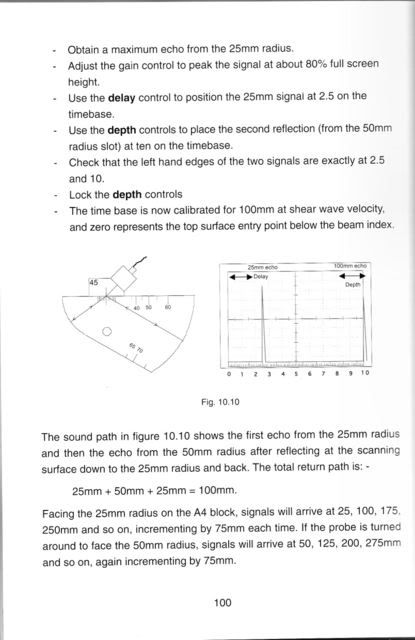
Sam,
For answer to your question #1 look back at my answer to your last question #2.
Question #2, the reference hole is only a "standard" to set your machine to, so that all inspectors will be working with the same relative sensitivity and won't be arguing over whether an indication is acceptable or rejectable per the Table.
Question #3, I dunno, you lost me with that one....Annex K is a list of definitions. However, I'll take a stab at what I think you are trying to get at. Signals that you see on your UT screen will have signatures, at times these signature are very representative to the type of flaw that you have found and you can determine by the signature and the cordinates of the flaw within the joint, exactly what type of flaw you have found. Other times, it is purely a shot in the dark and and a wild guess and the only way to find out what it is you have found to to go in after it with the back gouger. With experience, the signatures will make more sense. Knowledge of the type of joint prep, and conditions before welding will also help you determine what you are seeing on the screen. For instance, a cluster of porosity will have a distinct signature that probably any in-experienced UT tech will see right away and know what it is they have found. Other signatures may take more experience to figure out, other signatures...nobody will know.

